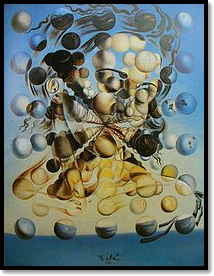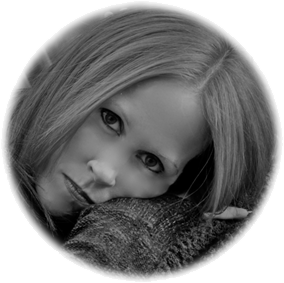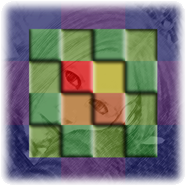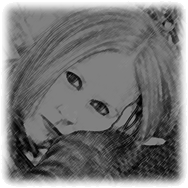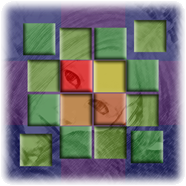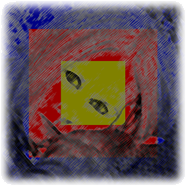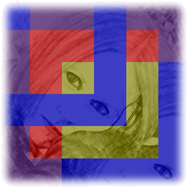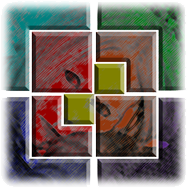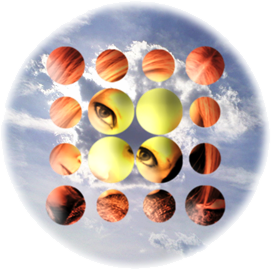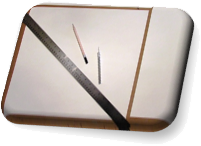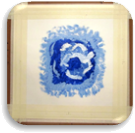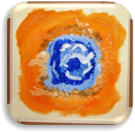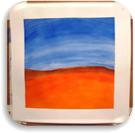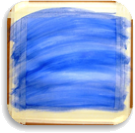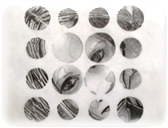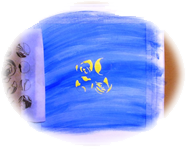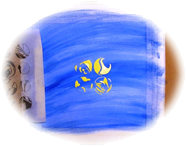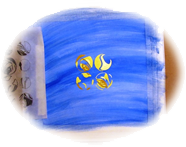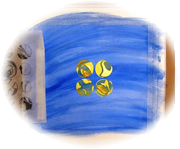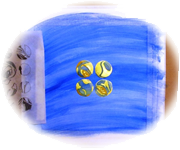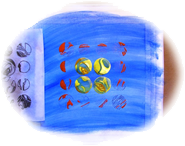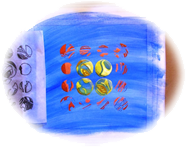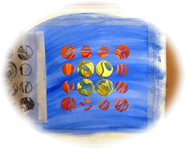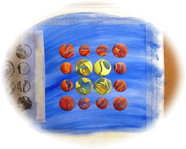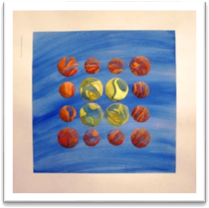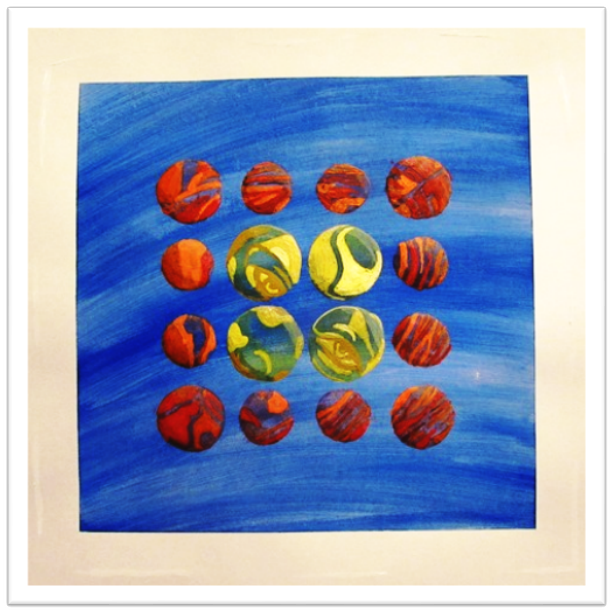Introduction
Color alone can affect a viewer’s acceptance of an image and whether they find the image pleasant or distasteful. Take a cute and lovable Minion, for example. With their gentle yellow tint and unassuming whites and tans, they are very nonthreatening and are even considered lovable.

 Cute to Ugly
Cute to Ugly
By changing his mild yellow tints and shades to harsh, unpleasant green variations, I made him instantly less friendly. Additionally, I chose to color his iris’ a sickly, pastel yellow and his sclera, or the “whites of his eyes”, a dim red. Lastly, changing his teeth to dark grays and browns and throwing some magenta in his mouth and pupils, the change is complete. We now have a Noinim, or anti-Minion: a horrible, offensive, nasty variation of a once adorable character. Sorry, Illumination Entertainment.
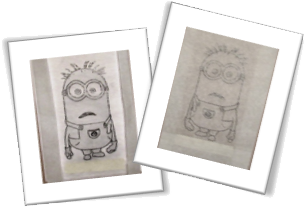
Image Creation
First I traced the Minion, both as a positive image and then the negative image, so it could be transferred to Bristol board. After the transfer, and perhaps one step later than recommended, I painted the background in a light yellow hue. This color choice was based on its clash with the planned greens of my Noinim.
Image Painting
I started by painting the clothing and accessories that wouldn’t change color: namely, the goggles, overalls, gloves and boots. Then I chose several shades of green that would alter a viewer’s perception of the character. By modifying the eyes, hair and mouth of our new underling, we further change the observer’s initial appeal to that of aversion. A few final additions completed the composition: a shadow in a blue-green shade and a horizon line to add some limited depth to the abstract landscape.
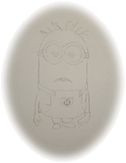
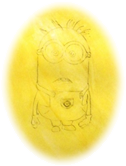
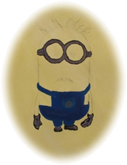
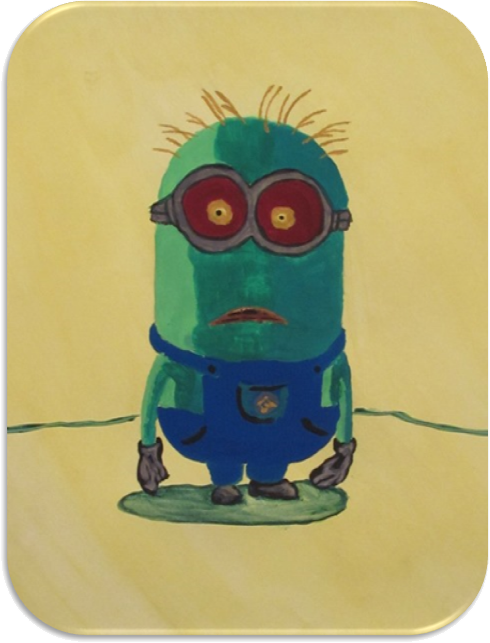
Noinim
Chalk Boy
After a class critique, my Minion was deemed a zombie but still considered too cute to meet the requirements of color alone changing the emotion of an image. I disagreed but was willing to try a free-form sketch with chalk of a cute cartoon boy.
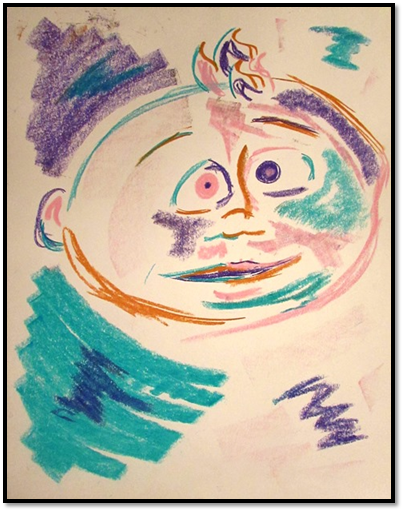
While this version of color emotion technically meet my professor’s expectations, I had to produce something a little more professional to meet my personal standards.
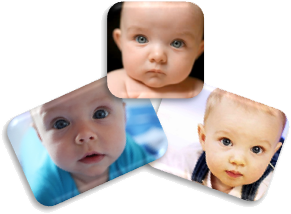 Evil Baby
Evil Baby
I started by searching the internet for some of the cutest baby pictures I could find. Finally, I settled on three possibilities:
Modifications
After experimenting with all three, I picked one and started manipulating the brightness, contrast, mid-tones, hue and saturation.
Some of the adjustments I tested included negatives, highly saturated darkened images, green and blue monochromatic forms, sepia exposures and high-contrast violet vector masks.
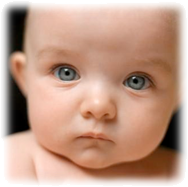
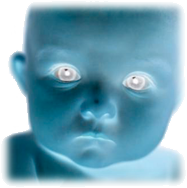
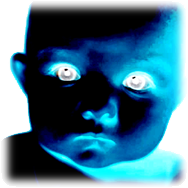
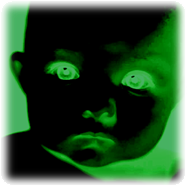
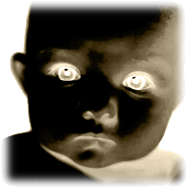
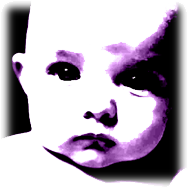
Eventually, I made some specific hue selections, separated the background, highlights and shadows and applied a light, mustard yellow; several shades of dark and light greens; and a peach-orange hue.
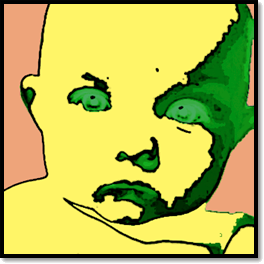
Transfer
I traced the positive image but instead of tracing the negative and transferring the positive form, I decided to transfer the negative image to Bristol board.
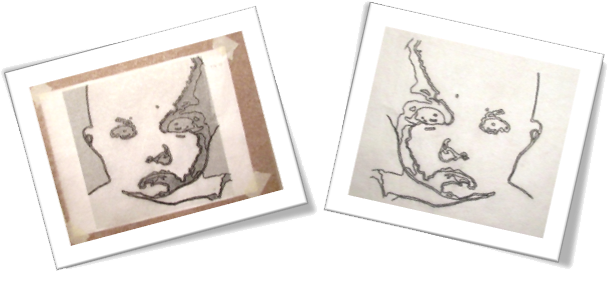
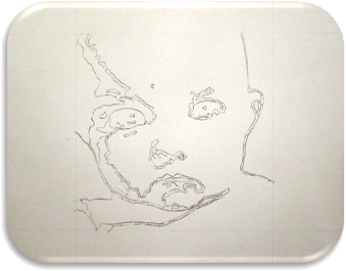
Painting
I started by producing the background color which was a mix of Bright Orange and Yellow Ochre gouache. Next, the main bright hue utilized for most of the baby was created by mixing a tint of Cadmium Yellow and Titanium White acrylic. The green hues were applied from lightest to darkest, beginning with a Light Green gouache mixed with Titanium White acrylic followed by a, slightly darker, pure Light Green gouache. The shades and shadows were created by mixing Permanent Green gouache and Mars Black acrylic. Finally, the darkest hue was made with Emerald Green gouache and Mars Black acrylic.
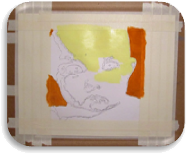
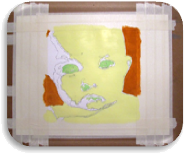
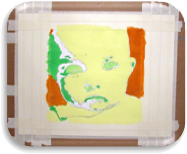
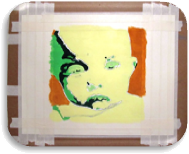
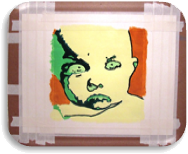
Completion
A three-inch border was taped off with masking tape before applying the paint; however, the border was trimmed away from the image after it finished drying.
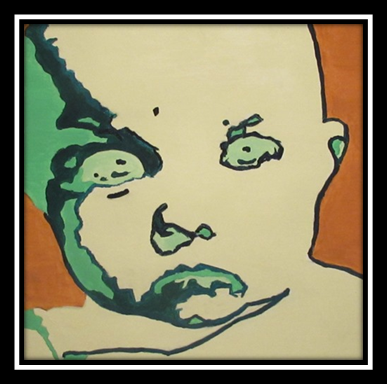
View/Download PDF
Like this:
Like Loading...


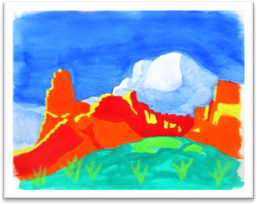
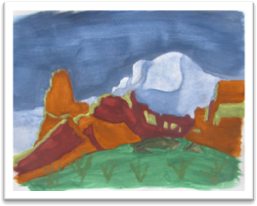
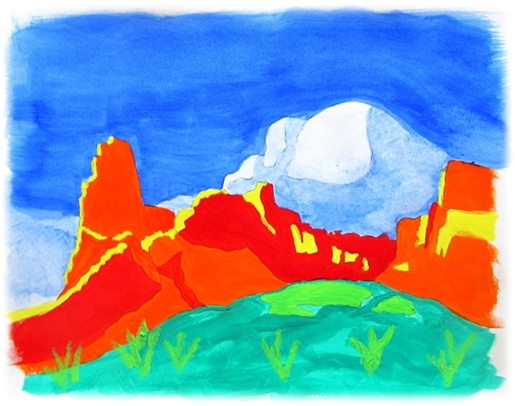
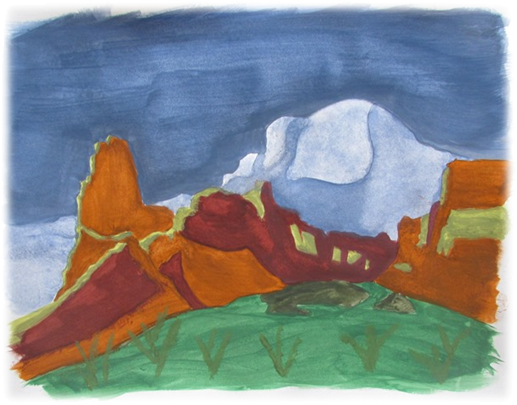








 Evil Baby
Evil Baby














